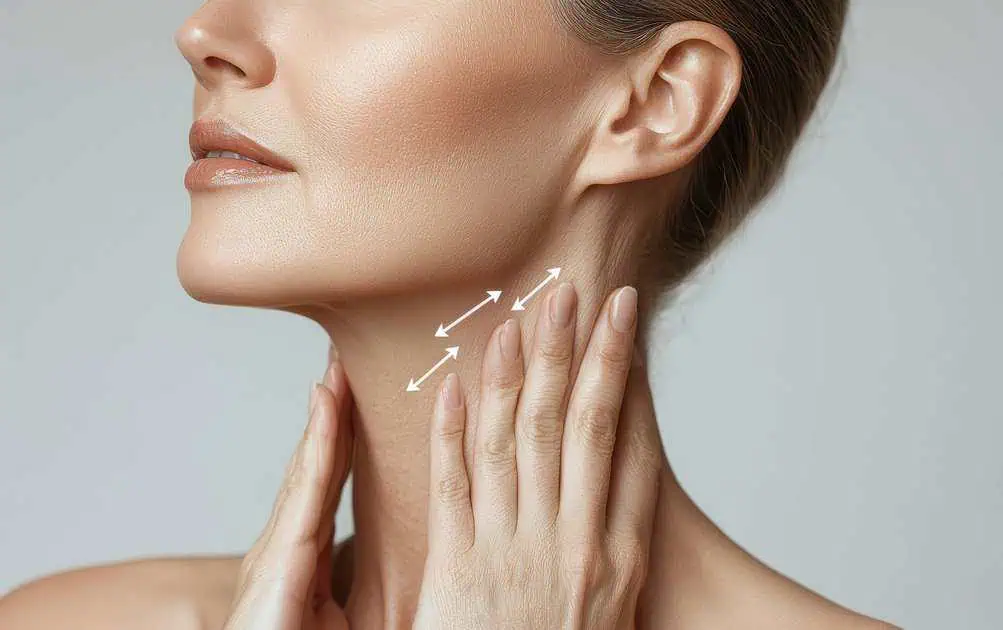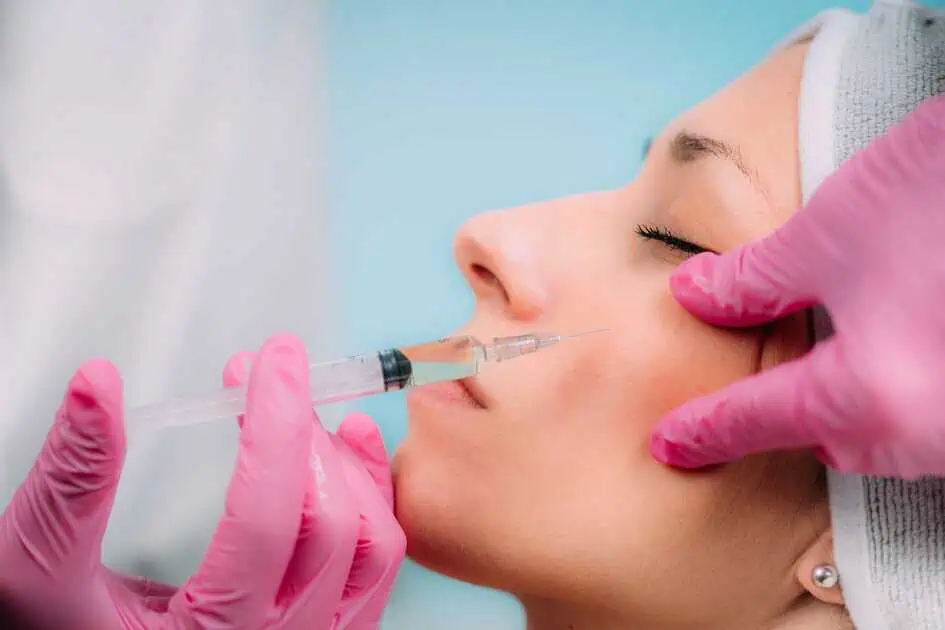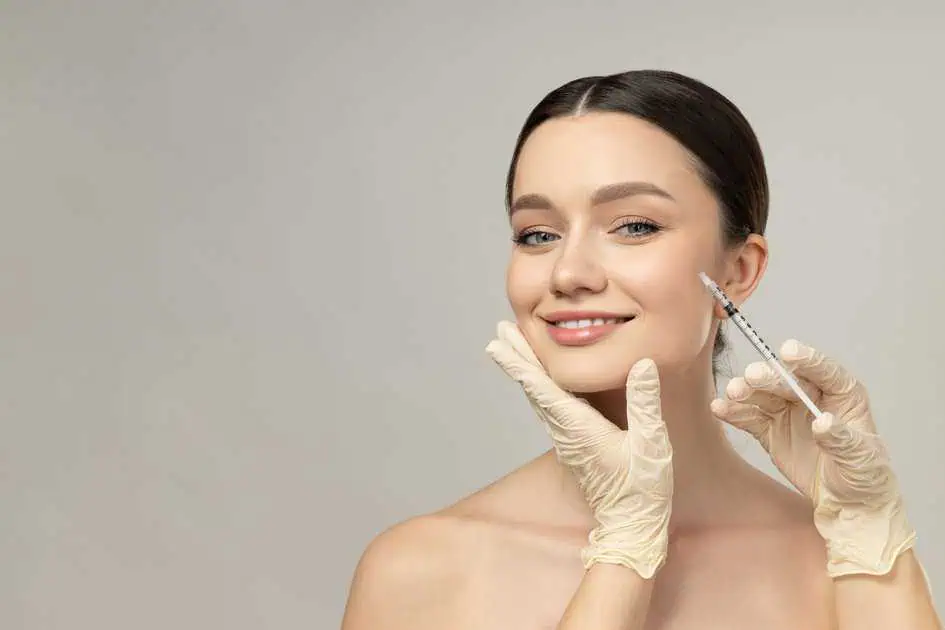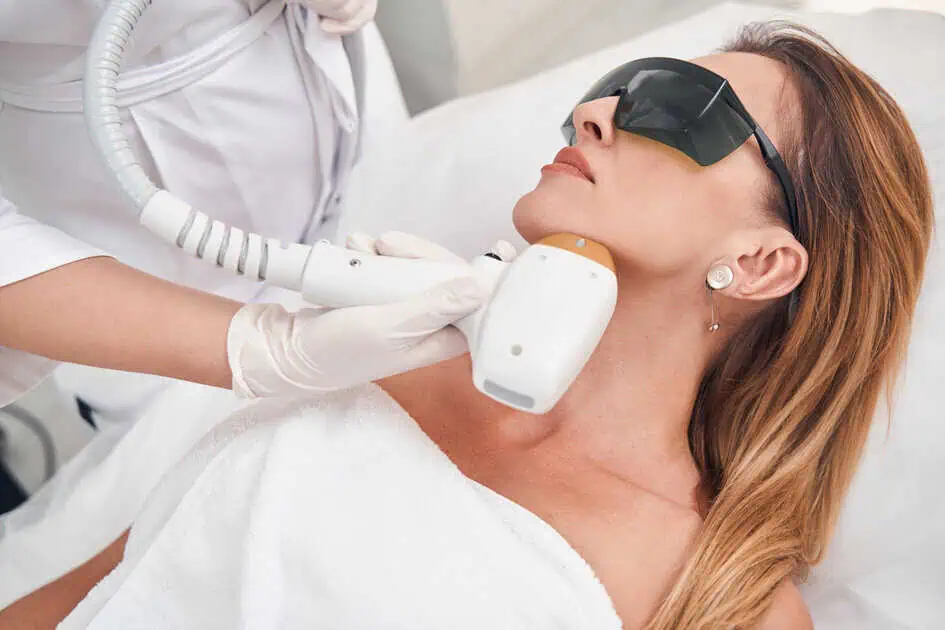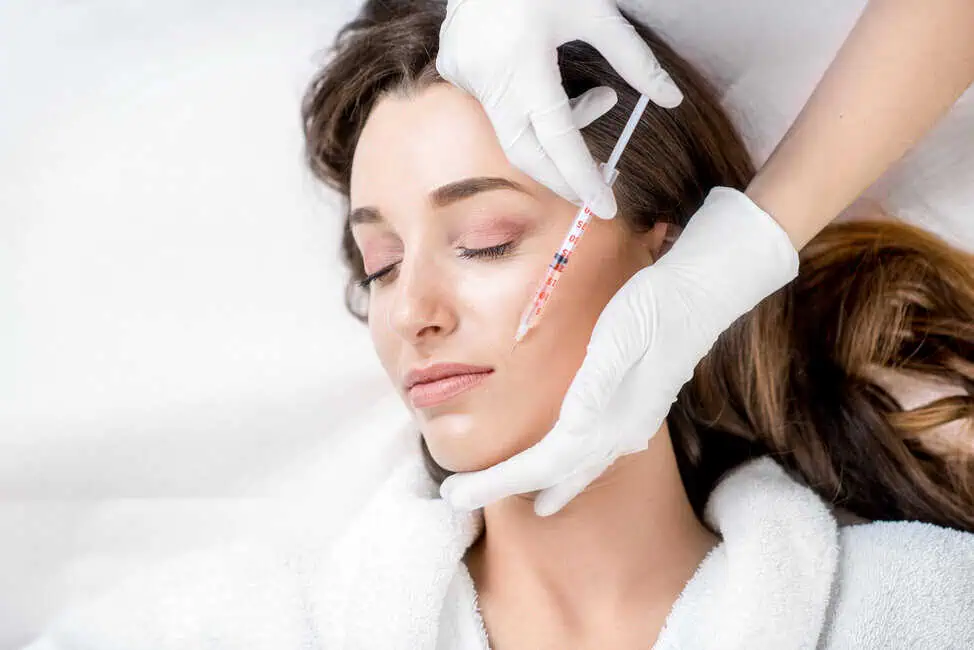Cheek fillers are today’s modern approach to cheek restoration and rejuvenation. This procedure has become increasingly popular, but it still carries some risks of side effects. When you are self-conscious about having low or barely visible cheekbones, you may consider cheek fillers, also called dermal fillers. These cosmetic procedures lift your cheekbones, add volume to your face, and smooth fine lines and wrinkles.
Today, let us know more about cheek fillers, how they work, and what benefits one can get after having them. Read until the end and discover if cheek fillers are the treatment meant for you.
What is a Cheek Filler?
Cheek fillers are part of the injectables family that raises the volume of the area above and around your cheekbones. This step gives that much-wanted illusion of having a more defined and “chiseled” bone structure. Injecting volume beneath your skin layer will make cheek fillers achieve this feat and smooth out wrinkles and fine lines.
Types of Cheek Fillers
Several kinds of materials are FDA-approved for use and are included in cheek fillers. Hyaluronic acid, like Juvederm and Restylane, and polylactic acid, such as Sculptra, are two (2) dermal fillers highly recommended for use in the cheeks and around the under-eye area. These dermal filler types are temporary. Other cheek fillers, like Radiesse (hydroxylapatite), are also used off-label for this area.
Benefits of Cheek Fillers
Rather than other treatment options like cheek implants and surgical facelifts, people choose cheek fillers because they have several apparent benefits:
- Cheek fillers are cheaper than more invasive plastic surgery to make your cheeks appear more defined.
- Cheek fillers are customizable once injected, meaning that you can add more stuffing to the injection site until you achieve your desired result.
- Cheek fillers can be administered inside a plastic surgeon’s office and require little or no anesthesia.
- Cheek fillers carry a shallow risk of serious complications or infection.
- Cheek fillers can last for months or years, but the result is temporary, so if you change your mind about them, you aren’t stuck with the result.
- Recovery from cheek fillers is quick; many people can return to work or their regular activities afterward.
How Long Do Cheek Fillers Last?
Based on the type that you choose, cheek fillers can last anywhere from six (6) months to two (2) years before your initial results begin to fade away and start to no longer be noticeable. The dermal filler materials will eventually dissolve and metabolize into your skin tissue.
Good Candidates for Cheek Fillers
You may be a great candidate for cheek fillers if you’re a healthy nonsmoker without a history of chronic health conditions. According to the Food and Drug Administration (FDA) guidelines, you should avoid getting cheek fillers if you:
- are pregnant or breastfeeding
- have allergies to the synthetic compounds found in dermal fillers
- have bleeding disorders
The Cheek Filler Procedure
After a consultation with a trained provider to discuss pricing, cost, and desired results, you’ll schedule an appointment for cheek filler injection.
Procedure Prep
- In the two (2) weeks before the procedure, you’ll need to avoid taking any blood-thinning medications, such as aspirin.
- Inform your provider at your consultation meeting if you’re on prescription blood thinners. They may provide additional instructions and helpful guidelines for your cheek filler appointment.
Procedure Steps
- Volume containing hyaluronic acid is added to the cheeks to replace volume lost over time, restore a youthful, hydrated appearance to the face, and define the cheekbones to give a more feminine appearance.
- The typical volume used is 1-2 syringes depending on the patient’s age and treatment goals.
- This treatment not only replenishes volume and restores hydration but also stimulates collagen, allowing the anti-aging benefits to span well beyond the 1.5-2 years that the cheek filler lasts.
Recovery from Cheek Fillers
- You should avoid sleeping on your cheeks during the first few days after injection. Try to sleep and face upward with your back flat on your bed.
- Avoid strenuous exercise until the cheek filler has wholly taken shape at least 48 hours after the cheek filler injection procedure.
- Avoid applying pressure by touching your face, and keep your face clean and dry as much as possible until the risk of infection has passed.
Are Cheek Fillers Safe?
Cheek fillers are low-risk, reasonably straightforward treatments with minimal to no recovery time. However, that doesn’t mean cheek fillers don’t have risks of having side effects.
Common side effects of cheek fillers include:
- bruising
- itching
- redness
- swelling
Additionally, all dermal fillers carry a slight risk of an allergic reaction or an infection. Other less common side effects include:
- filler leakage
- injury to your veins or arteries
- tissue death due to circulation blockage
- vision loss
Furthermore, there are also risks of your injected material migrating to the other parts of your face. This migration may cause lumpy or asymmetrical appearances on your face. If this incident does happen, call your doctor so they may inject another material to dissolve the filler or wait for the cheek filler material to metabolize on its own naturally.
If you deal with an unlicensed or inexperienced provider, the risk of rare side effects is higher, unlike when handled by true professionals.
How Much Cheek Fillers Cost
How much your cheek filler costs will depend on what type of dermal fillers you and your provider decide on and how much cheek filler material is needed.
- Fat grafts are grafting fillers that are the most permanent form of dermal fillers but are also the priciest. This material costs an average of $2,100 per syringe.
- Polylactic acids are cheek filler options that last longer, like polylactic acid costs more. They come in around $915 a syringe.
- Hyaluronic acid – one syringe of hyaluronic acid filler costs around $682, according to the American Society of Plastic Surgeons.
Cheek fillers are an elective cosmetic procedure. That means your health insurance won’t cover the cost, even if you have no copay and have met your deductible for the year.
Final Takeaways
Cheek fillers may appear as a simple cosmetic procedure. But their results can last anywhere from six (6) months to two (2) years. To be pleased with your results, you must find an experienced and licensed provider performing dermal filler injections. There’s some risk of severe complications after cheek fillers, so speak to your doctor about the procedure to know what to expect and how to avoid infection best.
Do you want to have cheek fillers and experience their effects? Our amazing friends at Preva Aesthetics can help you today.

